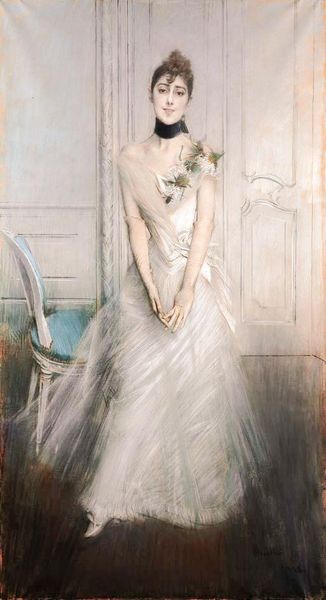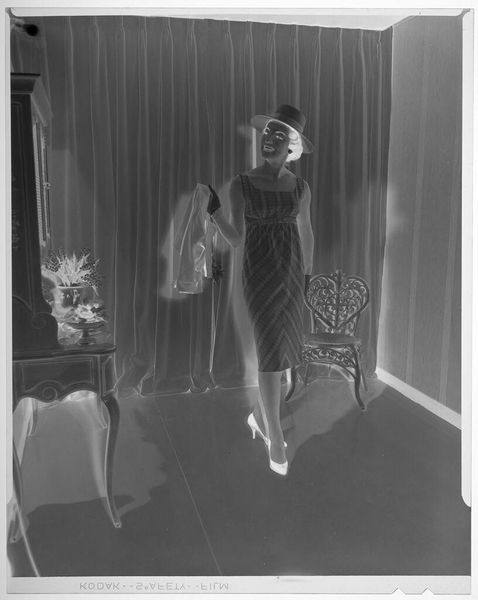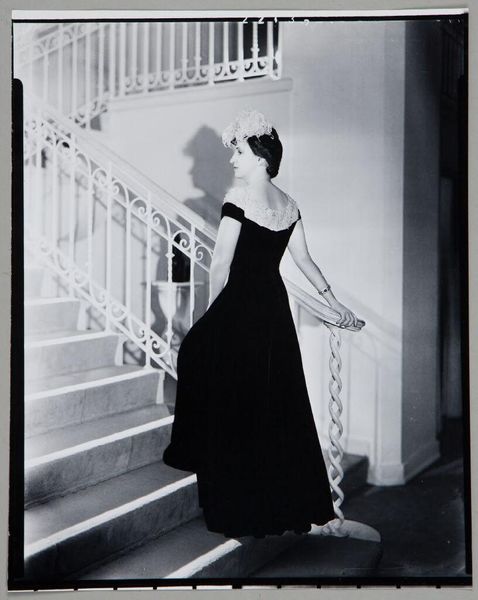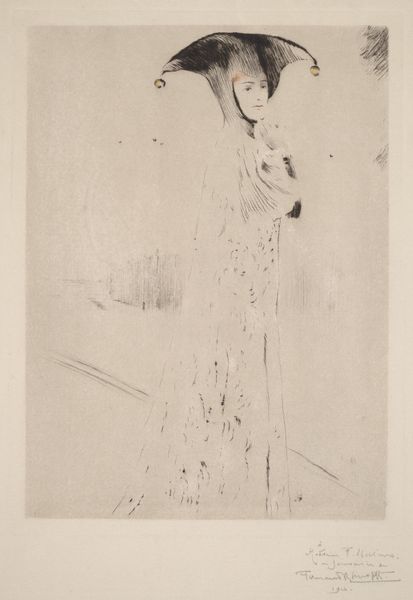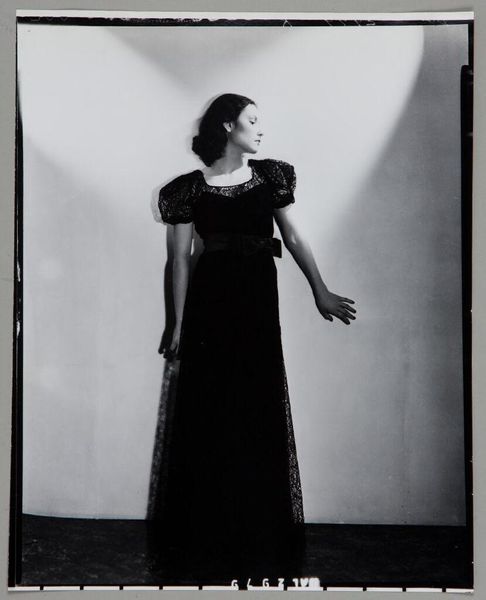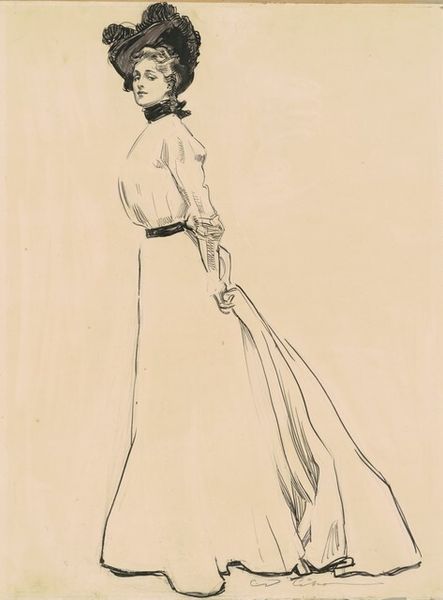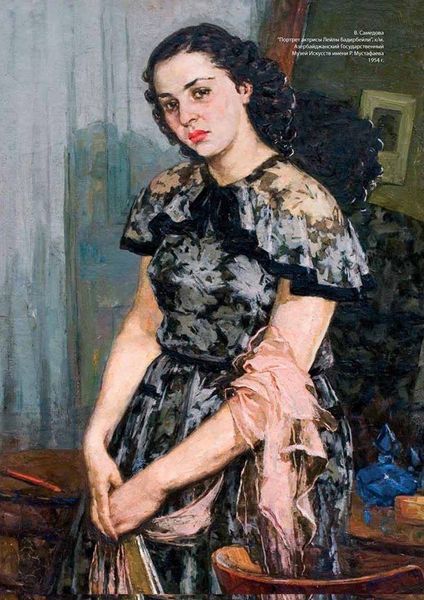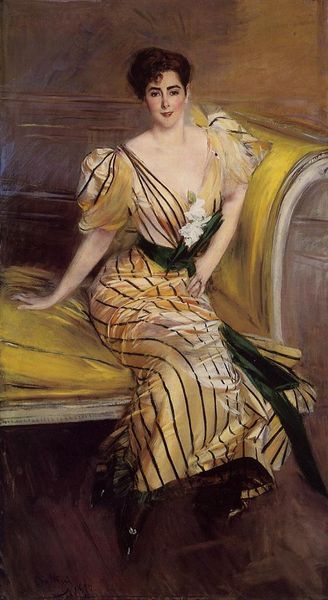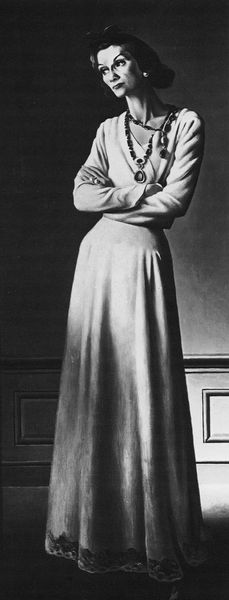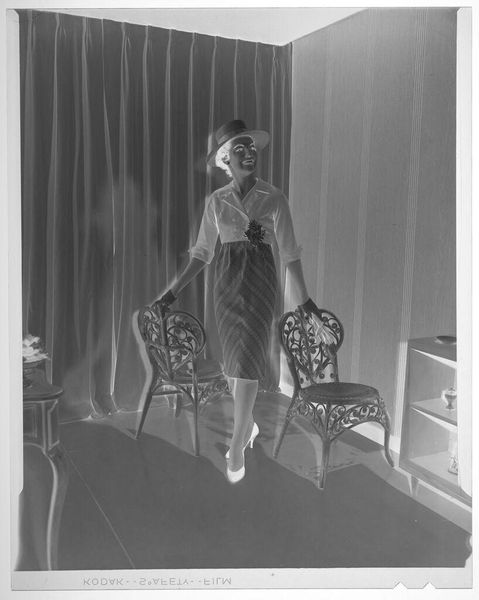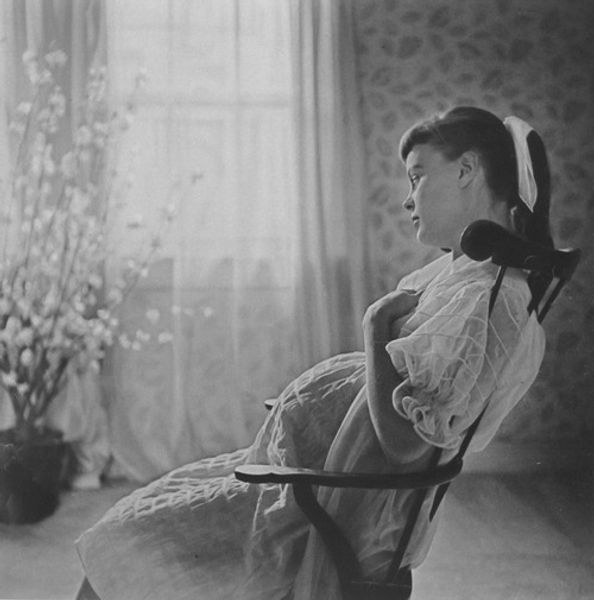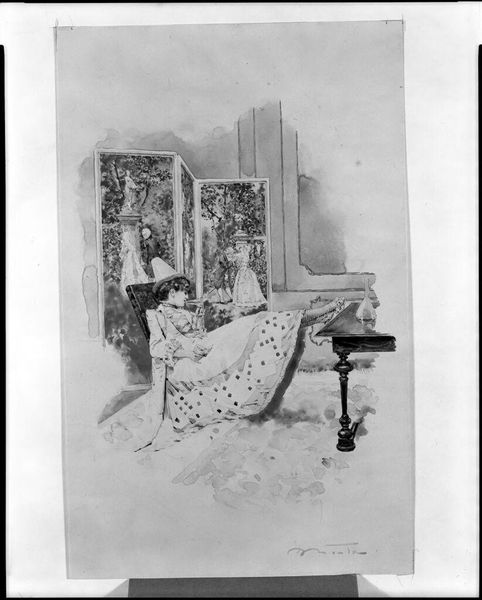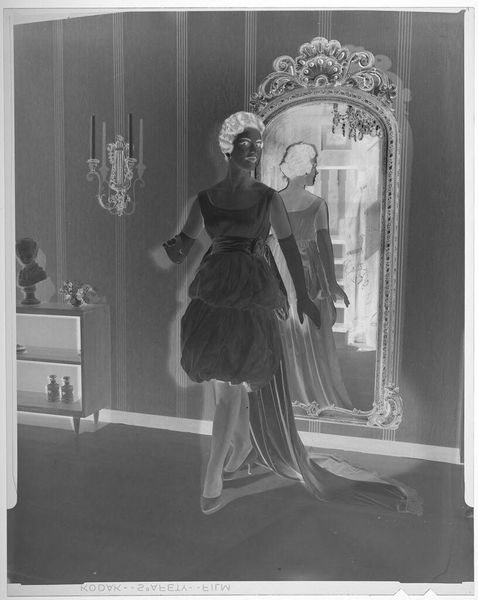
painting
#
portrait
#
painting
#
figuration
#
intimism
#
modernism
#
realism
Copyright: Public domain
Curator: Standing before us is Boris Kustodiev’s 1925 portrait of Natalia Orshanskaya, a delicate dance between realism and something…more. Editor: It strikes me as somber. The black dress, the pale background…almost as if she's fading into the walls. What kind of paints would create that effect? Curator: I see something different. The pose, turned slightly away, the shawl draped just so—it's reminiscent of earlier neoclassical portraits, but imbued with a distinctly modern unease. It speaks of a woman both present and yet removed from her surroundings, a kind of silent rebellion. It's fascinating. Editor: The materials tell a story too. Look at the almost rough texture of the dress in contrast to the sheer skirt, probably silk or rayon, with those stockings... You can almost feel the shift towards more accessible fabrics as the century progresses. The shawl gives away a bit too - some manufactured geometric fabric! Curator: Indeed. And observe the subtle iconographic cues. The paintings on the wall behind her, faint as they are, suggest lineage, artistic heritage… but they are blurred, obscured. Editor: Obscured like labor practices during the industrial revolution! And how quickly fashion changed in the 20s...The details tell a lot, you can chart the shifts in textile manufacturing here and consumption that reshaped so much! Curator: She embodies a tension between tradition and modernity. I think that unease contributes significantly to the piece's power. She’s caught in between times. Editor: Precisely! And consider how the black dress functions, or even those T-strap shoes. You could have mass-produced variations, but were likely more affordable for the rising urban working class who mimicked elitist ideals via more readily available goods. Curator: Kustodiev captures this beautifully—an individual’s emotional experience placed within a very specific historical moment. A study in the evolution of womanhood, in my opinion. Editor: Right. From my perspective, the dress is both signifier and the signifier becomes product itself - that signifies social transition, access, material culture… fascinating really, isn't it?
Comments
No comments
Be the first to comment and join the conversation on the ultimate creative platform.
